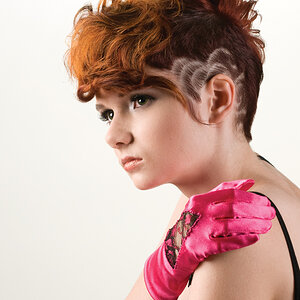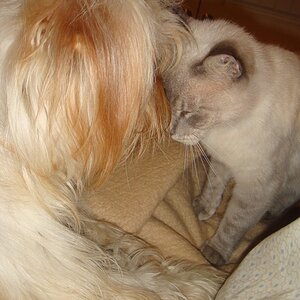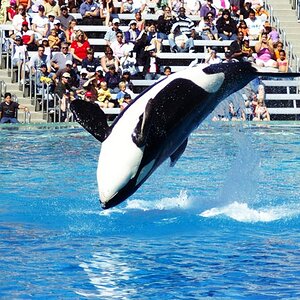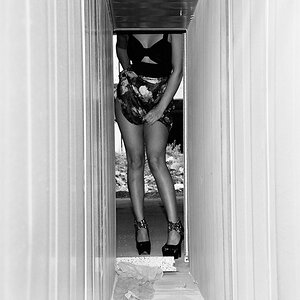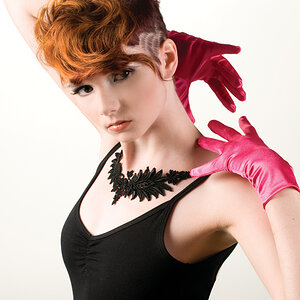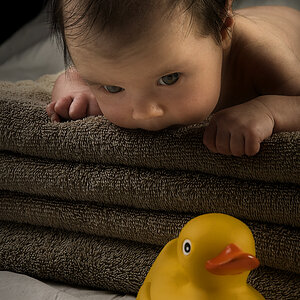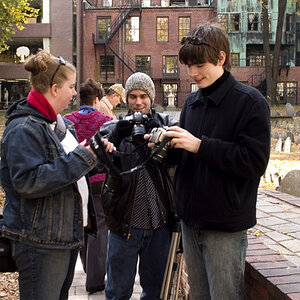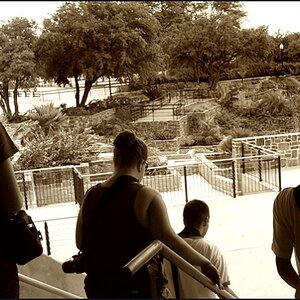- Joined
- Jul 21, 2018
- Messages
- 3,655
- Reaction score
- 3,603
- Location
- Perth, Western Australia
- Can others edit my Photos
- Photos OK to edit
Hi all, need some advise on taking night sky/ milky way photos. I currently have a Panasonic GX9 and would like to take night sky/ milky way photos. I have been doing some research and have read that it is best to use a full frame /larger sensor. I am not interested in producing star trails.
I was hoping that people on the forum have had success with micro 4/3 sensors and night sky photography and can give me some tips? Cheers.
Sent from my SM-G965F using Tapatalk
I was hoping that people on the forum have had success with micro 4/3 sensors and night sky photography and can give me some tips? Cheers.
Sent from my SM-G965F using Tapatalk



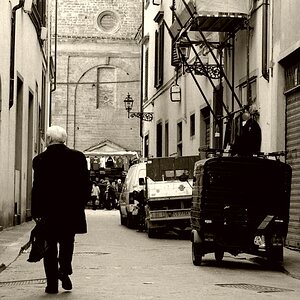
![[No title]](/data/xfmg/thumbnail/33/33341-3a6934b6cdb015b5acf31087acdcd278.jpg?1619735910)
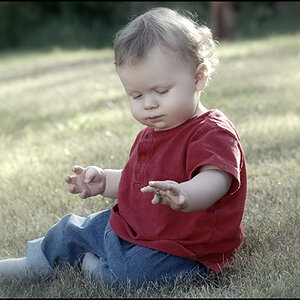
![[No title]](/data/xfmg/thumbnail/41/41760-e5b9dc90c1289f677ce3ca9dc1fa6dde.jpg?1619739884)
